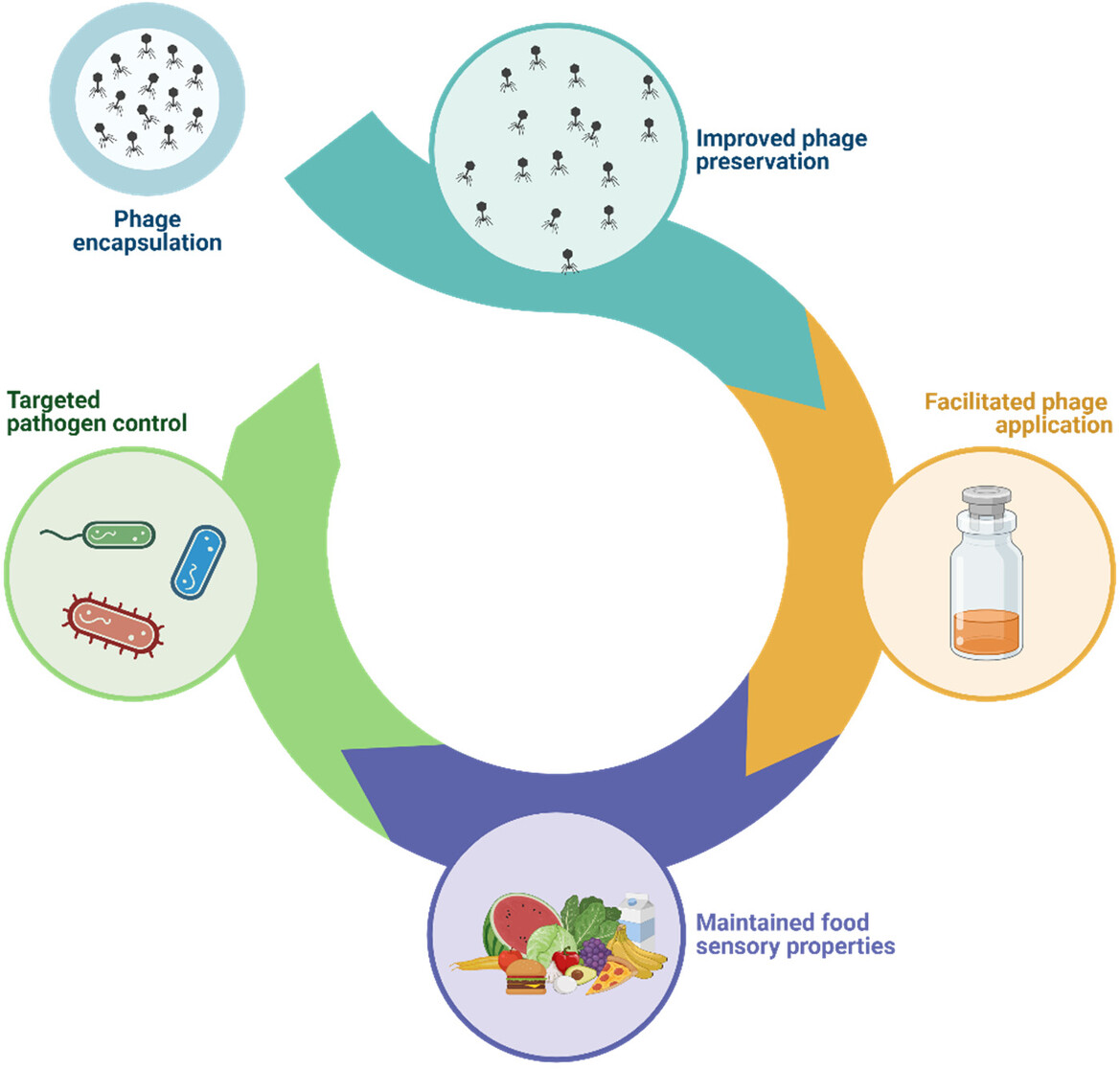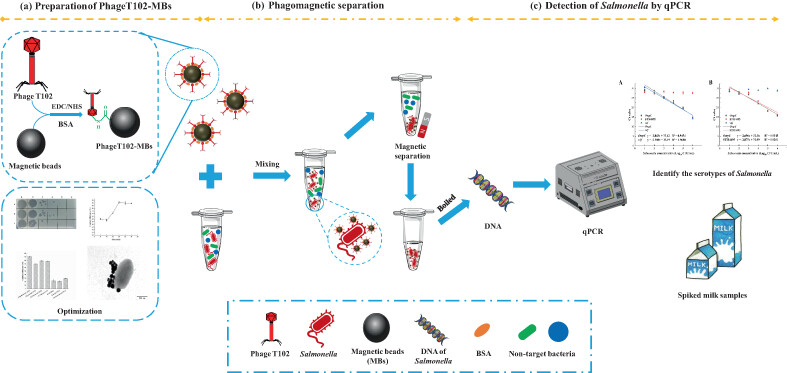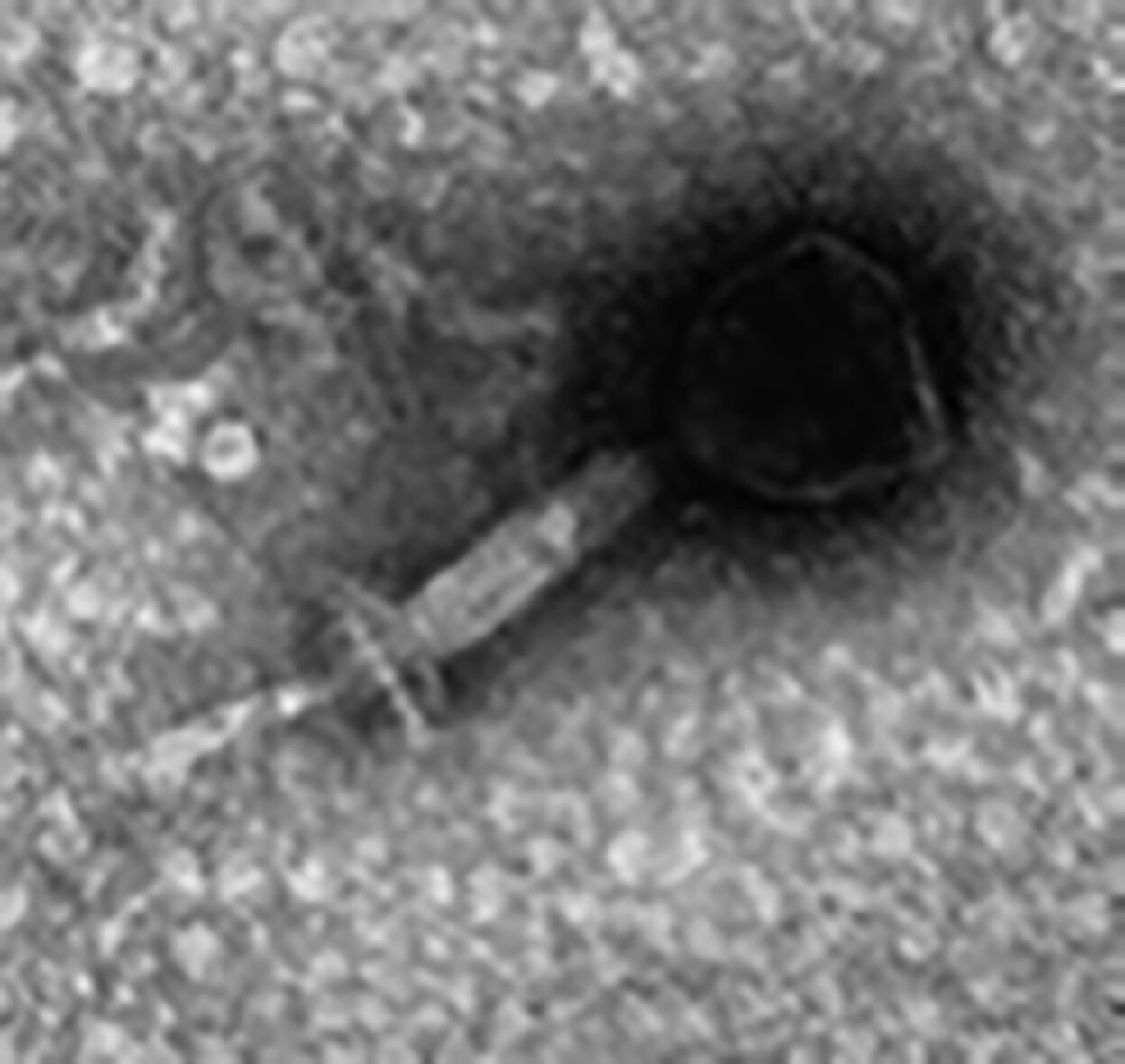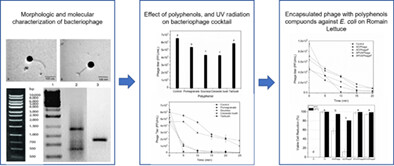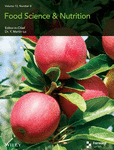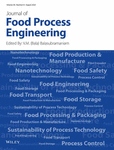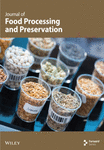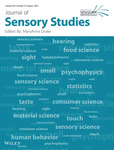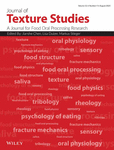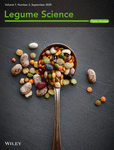Journal list menu
Export Citations
Download PDFs
Table of Contents
Application of Conservation Strategies for Bacteriophages Used in the Biocontrol of Pathogenic Microorganisms in Food
- First Published: 08 February 2025
Phagomagnetic separation in combination with real-time PCR assay for detection of Salmonella Enteritidis and Typhimurium in dairy products
- First Published: 24 September 2023
Characterization of Shiga toxin-producing Escherichia coli bacteriophages isolated from agricultural environments and examination of their prevalence with bacterial hosts
- First Published: 29 August 2023
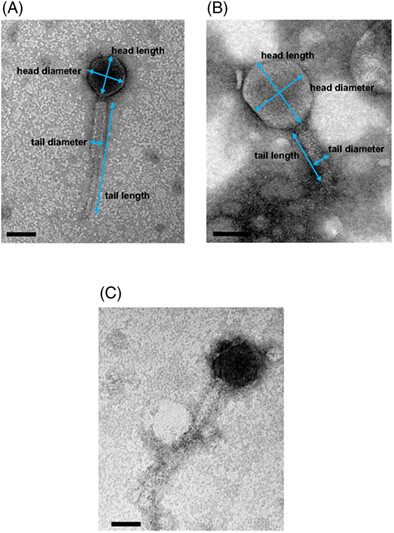
This study focuses on the characterization of STEC-specific bacteriophages isolated from cow manure samples and examines their prevalence with STEC bacterial hosts. The findings indicate that the most common bacteriophages were specific to O26, and the presence of bacteriophages may have contributed to the diversity of their STEC host populations in the natural environment.
Use of a phage cocktail to reduce the numbers of seven Escherichia coli strains belonging to different STEC serogroups applied to fresh produce and seeds
- First Published: 01 February 2023
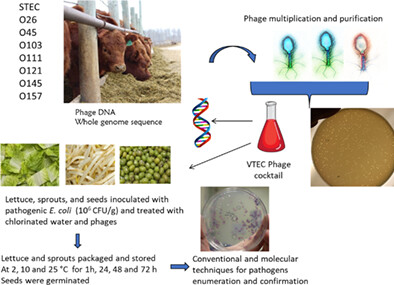
This study evaluated the effectiveness of a phage cocktail in reducing seven Shiga toxigenic Escherichia coli (STEC) serogroups present in mung bean sprouts, lettuce, and seeds. The phage cocktail was effective at reducing O157:H7 when present in low levels, in combination with chlorinated water, and under refrigeration. The effectiveness of some phages was affected by the specific food matrix even if the targeted bacteria were highly sensitive to the phage. Findings will help advance phage applications in the food industry.
Partial characterization and in vitro evaluation of a lytic bacteriophage for biocontrol of Campylobacter jejuni in mutton and chicken meat
- First Published: 20 January 2020
The effects of environmental factors on the prevalence and diversity of bacteriophages lytic against the top six non-O157 Shiga toxin-producing Escherichia coli on an organic farm
- First Published: 19 October 2020
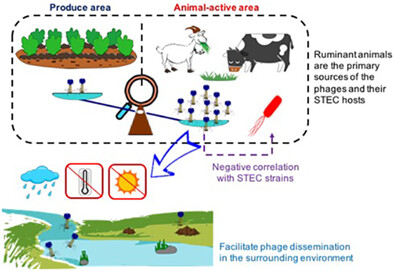
The research showed that ruminant animal is the primary factor contributing to the prevalence of the STEC-infecting phages on the organic farm in this study. Among environmental factors, high rain precipitation is likely to facilitate phage distribution in the surrounding environment of the farm. Most importantly, the presence of these phages has a negative correlation with their STEC hosts.
Practical application of bacteriophage in food manufacturing facilities for the control of Listeria sp.
- First Published: 30 November 2020
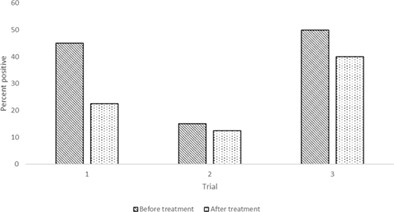
The application of bacteriophage P100 to reduce incidence of Listeria sp. in ready-to-eat (RTE) food production environments was investigated. Data indicate the application of Listeria specific phage P100 in RTE food production environments can reduce incidence and be considered an additional intervention strategy for controlling this pathogen on NFCS.
Bacteriophages for detection and control of foodborne bacterial pathogens—The case of Bacillus cereus and their phages
- First Published: 05 May 2021
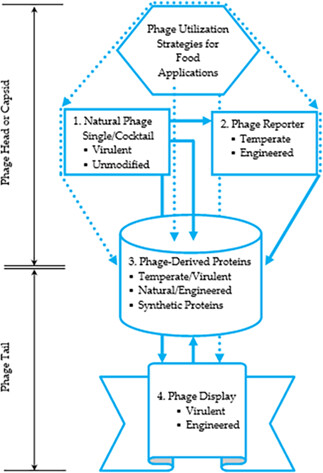
Boxplot illustrating the distribution of Bacillus cereus phages in terms of their genome lengths and lifecycles. The box depicts the middle 50% of the data, the horizontal bar within the box represents the median (50'th percentile), the square in the box indicates the group mean value, the top and bottom of the box are the 25'th and 75'th percentiles, respectively and the distance between them is interquartile range (IQR) from which the whiskers are calculated as IQR +1.5
Reduction of Salmonella enterica in Turkey breast slices kept under aerobic and vacuum conditions by application of lactic acid, a bacteriophage, and ultrasound
- First Published: 05 August 2021
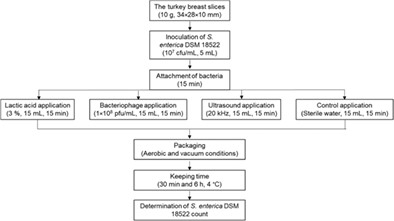
The aim of our study was to compare the effectiveness of lactic acid, bacteriophage, and ultrasound applications to reduce Salmonella sp. counts. The lactic acid and bacteriophage applications are effective in reducing S. enterica DSM 18522 counts in turkey breast slices. The ultrasound application had limited efficacy under the conditions tested in this study.




